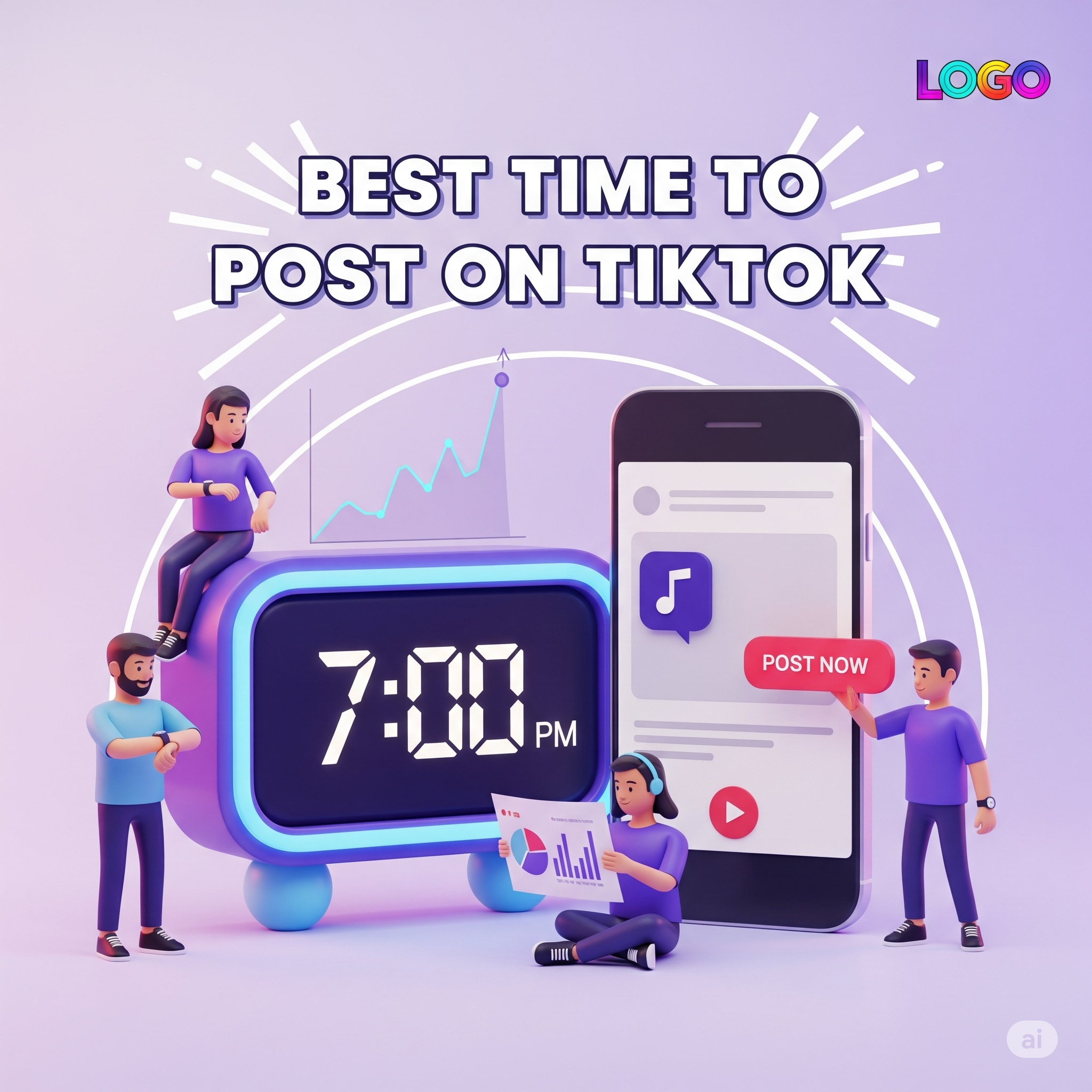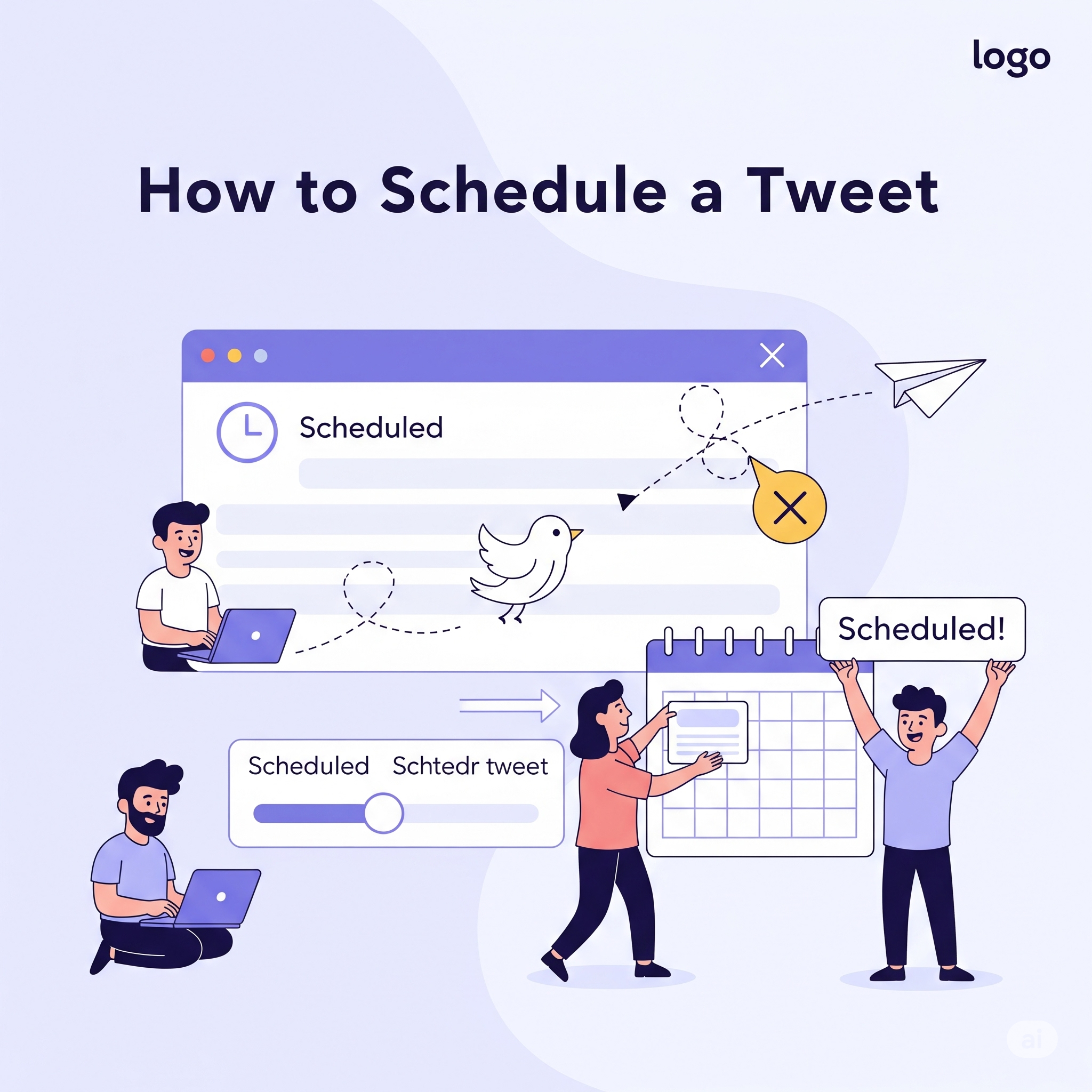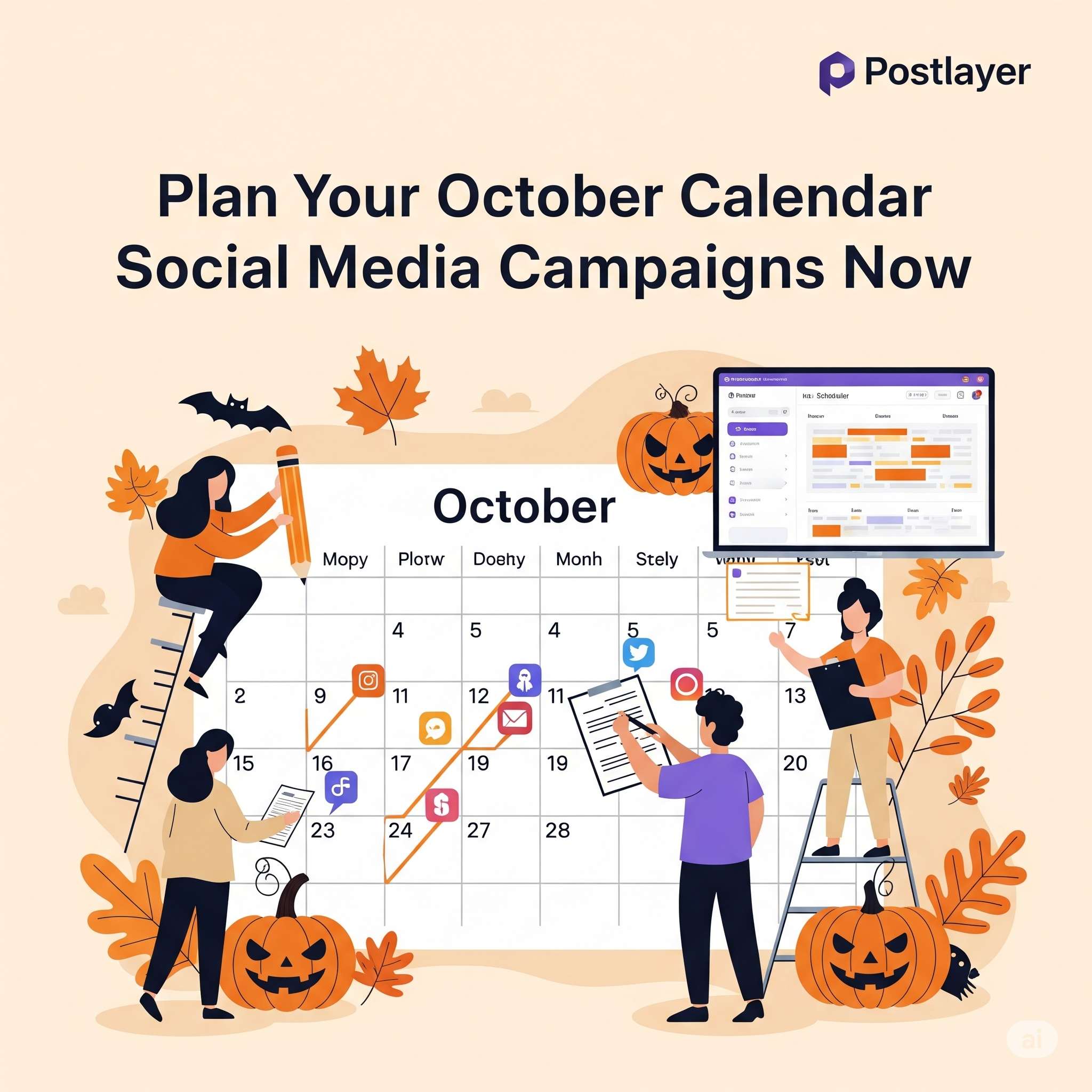
The term "drive social media" is used so casually now that it nearly has lost its significance. Everyone desires to engage with social media, but what does that truly involve beyond merely posting regularly? From a strategic perspective, it involves far more than merely content schedules and the number of followers. It involves creating a unified digital presence that effectively supports your business goals – whether it's generating leads, raising brand awareness, retaining customers, or expanding the market. It's about transcending superficial metrics and concentrating on concrete, quantifiable results. Honestly, it really frustrates me when I hear companies claim they're "engaging in social media" without being able to explain their ROI beyond a fuzzy notion of "we have to participate." That's not propelling anything; that's merely existing. In today’s highly competitive digital arena, simply having a presence leads to being ignored. Our data shows a distinct pattern: companies that view social media as a cohesive strategic element, instead of an isolated marketing department, are those experiencing rapid growth and developing lasting customer connections. This is consistent with our overarching vision for how companies ought to manage their digital strategies – it must be purposeful, informed by data, and closely tied to revenue objectives. To be truthful, numerous organizations, particularly small to medium enterprises and individual creators, face significant challenges with social media. They invest time, effort, and occasionally considerable money, only to feel as if they're yelling into emptiness. Why? Due to the absence of essential strategic elements. They tend to be responsive rather than anticipatory. They follow trends rather than create them. Their focus is on output rather than outcome. To be truthful, when I began my journey in SaaS business development more than ten years ago, we also faced challenges with this. In the early days at HubSpot, before the true potential of inbound marketing was recognized, it was an ongoing challenge to demonstrate the concrete benefits of social media beyond mere "likes." We needed to carefully monitor each touchpoint and every conversion to establish the internal justification. It was tough, but it demonstrated the essential significance of connecting each task to a quantifiable business result. It's not solely about feeling great; it's also about generating profit and expanding your business. The real expense of "bad" social media isn't merely lost time; it's a substantial opportunity cost. It's the prospects you didn't create, the customer retention you neglected to establish, the market portion you surrendered to rivals who grasped the strategy more effectively. This is where it becomes frustrating since these expenses are frequently unnoticed until it’s too late.
Frankly, it drives me absolutely nuts when I hear businesses say they're "doing social media" but can't articulate their ROI beyond a vague sense of "we need to be there." That's not driving anything; that's just existing. And in today's fiercely competitive digital landscape, merely existing is a recipe for being overlooked. Our data indicates a clear trend: businesses that treat social media as an integrated strategic pillar, rather than a separate marketing silo, are the ones seeing exponential growth and building enduring customer relationships. This aligns with our long-term vision for how businesses should approach their digital strategy – it needs to be intentional, data-driven, and deeply connected to revenue goals.
The Pain Point: Why Most Social Media Efforts Fall Flat
Let's be honest, many organizations, especially small to medium-sized businesses and even individual creators, struggle immensely with social media. They invest time, energy, and sometimes significant funds, only to feel like they're shouting into the void. Why? Because they're missing fundamental strategic components. They're often reactive, not proactive. They're chasing trends instead of setting them. They're focused on output, not outcome.
The Symptoms of a Disconnected Strategy
You know you're in this boat if any of these sound familiar:
- Inconsistent Posting Schedule You post sporadically, or only when you have a new product launch, rather than maintaining a steady, engaging presence. The algorithms punish inconsistency, and your audience forgets about you.
- Lack of Clear Objectives You're posting because "everyone else is," but you haven't defined what you want to achieve. Is it brand awareness? Lead generation? Customer support? Without a target, you'll never hit it.
- Disjointed Content Themes Your content feels like a random assortment of ideas, lacking a cohesive narrative or brand voice. This confuses your audience and dilutes your message.
- Neglecting Engagement You post and ghost. You don't respond to comments, messages, or mentions. Social media is a two-way street; ignoring your audience is the fastest way to lose them.
- Inability to Measure ROI You can tell me your follower count, but can you tell me how many leads came from social media last quarter? Or what the average customer lifetime value is for a social media-acquired customer? If not, you're flying blind.
I'll be honest, when I first started in SaaS business development over a decade ago, even we struggled with this. Early on at HubSpot, before the full power of inbound marketing was widely understood, it was a constant battle to show the tangible value of social media beyond just "likes." We had to meticulously track every touchpoint, every conversion, to build the internal case. It was a grind, but it showed me the critical importance of linking every activity back to a measurable business outcome. This isn't just about feeling good; it's about making money and growing your business.
The Infuriating Reality: The Hidden Costs of Ineffective Social Media
The true cost of "bad" social media isn't just wasted time; it's significant opportunity cost. It's the leads you didn't generate, the customer loyalty you failed to build, the market share you ceded to competitors who understood the game better. This is where it gets infuriating because these costs are often invisible until it's too late.
Erosion of Brand Trust and Credibility
In today's hyper-connected world, social media is often the first touchpoint a potential customer has with your brand. If your presence is stale, unprofessional, or unresponsive, that first impression is severely damaged. Our research shows that over 70% of consumers expect brands to have an active social media presence and respond to inquiries within an hour. Fail to meet that expectation, and you're eroding trust before you even have a chance to build it. This, frankly, surprised me with how high it was initially, but looking at the current consumer behavior, it makes perfect sense. People want instant gratification and validation.
Think about it: would you trust a company that hasn't updated its website in five years? Probably not. The same applies to social media. A neglected profile signals a lack of care, a lack of relevance, and potentially, a business that isn't truly invested in its customers or its future. It's a silent killer of credibility.
Missed Market Expansion Opportunities
For those of us focused on market expansion and alliance building, social media is an invaluable tool. It allows you to identify emerging trends, scout potential partners, and engage with new audiences in untapped geographies. But if your social media strategy is myopic, focused only on your existing customer base or immediate vicinity, you're missing out on massive growth potential. Leveraging our core competencies in identifying strategic partnerships, I can tell you that a robust social media presence often serves as the initial vetting point for potential collaborators. If your social footprint is weak, you're simply not on their radar.
Just this Tuesday, I was reviewing a potential alliance partner, and their LinkedIn presence was non-existent. No company page, no executive thought leadership. It immediately raised a red flag. How can they be a market leader if they're not even present in the digital conversations shaping their industry? It signaled a potential lack of digital savviness that would make any joint venture incredibly difficult to execute effectively.
The Relief: Strategic Solutions for Driving Real Social Media Impact
OK, so far so good, but how do we fix this? The good news is that the solution isn't rocket science, but it does require a fundamental shift in mindset. It's about moving from a tactical, ad-hoc approach to a strategic, integrated one. This is where the relief comes in, because with the right tools and a clear framework, achieving significant social media impact is entirely within reach for any business, regardless of size.
Define Your " Why" Before Your " What"
Before you even think about what to post, define your objectives. What specific business goals will social media support?
- Brand Awareness Increase visibility, establish thought leadership, build brand recognition. Metrics: Reach, impressions, brand mentions, follower growth.
- Lead Generation Drive traffic to landing pages, capture leads, nurture prospects. Metrics: Click-through rates (CTR), conversion rates, cost per lead (CPL).
- Customer Engagement & Support Build community, provide customer service, foster loyalty. Metrics: Engagement rate (likes, comments, shares), response time, sentiment analysis.
- Sales & Revenue Direct sales, e-commerce conversions, upsells/cross-sells. Metrics: Social commerce revenue, average order value (AOV), return on ad spend (ROAS).
- Market Research & Insights Understand customer pain points, monitor competitor activities, identify trends. Metrics: Social listening data, competitor analysis.
Once you have a clear "why," the "what" becomes infinitely easier. Your content strategy, platform choices, and engagement tactics will naturally align with your overarching goals. This is the bedrock of a truly effective social media strategy.
Embrace the Power of a Unified Platform
This is where most people screw up: managing multiple social media accounts across different platforms manually is a logistical nightmare. It's inefficient, prone to errors, and makes consistent execution almost impossible. This is precisely why comprehensive social media management platforms have become indispensable. They offer a unified dashboard to schedule posts, track performance, and engage audiences across over 10 major social media platforms, including Instagram, TikTok, YouTube, LinkedIn, X (Twitter), Facebook, and more.
The key takeaway here is efficiency. Time is money, especially for small businesses and creators. A platform that saves you significant time each week by streamlining your workflow allows you to focus on strategy and creativity, not just the mundane task of posting. Imagine the difference between logging into five different apps versus one centralized hub. It's a game-changer.

Leverage Advanced Features for Competitive Advantage
Beyond basic scheduling, the right platform offers a suite of advanced features that can truly elevate your social media game. We're talking about tools that empower you to dominate social media, not just participate.
- AI-Powered Content Assistance Struggling with writer's block or need fresh ideas? AI can help generate captions, hashtags, and even content concepts, saving hours of brainstorming. It's like having a dedicated copywriter on demand.
- Integrated Video Studio Video content dominates social media. An in-platform video editor allows you to create, edit, and optimize videos without leaving your workspace, ensuring high-quality, engaging visuals.
- Smart Workspace Management for Teams For agencies or larger teams, centralized workspaces with approval workflows and role-based access ensure brand consistency and efficient collaboration. No more rogue posts or missed approvals.
- Multi-Platform Scheduling & Advanced Post Types The ability to schedule carousel and multi-image posts, create threads for X (Twitter) and Threads, and even schedule for Instagram Stories and Reels directly from one dashboard ensures you’re leveraging each platform's unique capabilities to their fullest. This also includes scheduling for YouTube Shorts and long-form videos.
- Comment Automation & Engagement Tools Staying on top of comments and messages can be overwhelming. Automation tools can help you respond to common queries, filter spam, and ensure no engagement opportunity is missed. This maintains a healthy, active community and improves customer satisfaction.
- Comprehensive Analytics & Reporting Back to ROI: robust analytics are non-negotiable. A platform that provides deep insights into your performance across all channels, identifying what's working and what's not, is crucial for continuous optimization. This includes audience demographics, best times to post, and content performance metrics.
Our data indicates a clear trend: companies that effectively utilize these advanced features tend to see a 20-30% increase in engagement rates and a 15-25% improvement in lead quality compared to those relying on basic scheduling tools. This isn't just about saving time; it's about making your efforts exponentially more effective.
Cultivate an Engagement-First Mindset
Social media is a conversation, not a broadcast. To truly "drive" social media, you must actively participate in that conversation. This means:
- Responding promptly to comments and messages.
- Actively seeking out and engaging with relevant communities and industry discussions.
- Asking questions and soliciting feedback from your audience.
- Leveraging user-generated content (UGC) and celebrating your customers.
- Monitoring mentions of your brand and industry keywords to jump into relevant conversations.
The more you engage, the more visibility you gain, and the stronger your community becomes. This organic engagement is incredibly powerful for building brand loyalty and fostering a true sense of connection with your audience. It's not just about pushing out content; it's about pulling people in.
The Path Forward: Integrating Social Media into Your Business DNA
The ultimate goal is to integrate social media so deeply into your business operations that it becomes a natural extension of your brand strategy. It's not just a marketing function; it's a sales enablement tool, a customer service channel, a market research arm, and a talent acquisition magnet.
Building a Social Selling Culture
For B2B SaaS, especially, social selling is a massive opportunity. Sales teams that leverage LinkedIn and other platforms to build relationships, share valuable insights, and engage with prospects see significantly higher conversion rates. This isn't about spamming DMs; it's about genuine connection and providing value. Equipping your sales team with the right social media tools and training can unlock entirely new revenue streams. As of 2025, social selling is no longer a "nice to have," it's a competitive differentiator.
Leveraging Social Listening for Product Development and Market Insights
Beyond just marketing, social media offers a goldmine of data for product teams and strategists. By actively listening to conversations around your industry, competitors, and customer pain points, you can uncover invaluable insights that inform product roadmaps, identify market gaps, and even spark ideas for new features or services. This is where true strategic advantage lies – using social media not just to talk, but to learn.
The key takeaway here is that driving social media isn't about being on every platform or posting every hour. It's about being strategic, focused, and efficient. It's about leveraging the right tools to amplify your efforts and ensure every social media activity contributes directly to your bottom line. It's about transforming social media from a chore into a powerful engine for growth.
As I write this on a rainy Tuesday afternoon, reflecting on over a decade in the SaaS space, the evolution of social media as a business driver has been nothing short of phenomenal. From its early days as a mere "presence" requirement to its current status as a critical revenue-generating machine, the trajectory is clear. The businesses that embrace this evolution, that invest in the right platforms and strategies, are the ones that will truly dominate their respective markets. Don't be left behind.
Elevate your social media strategy with Postlayer and experience unparalleled efficiency. Consolidate your content creation, scheduling, and performance tracking across all major platforms from one intuitive dashboard, reclaiming valuable time each week. Discover how our comprehensive suite of tools, from AI-powered content assistance to an integrated video studio, empowers you to amplify your online presence and achieve consistent engagement. Take control of your digital narrative and transform your social media workflow. Start dominating your social channels with Postlayer today. Learn more


